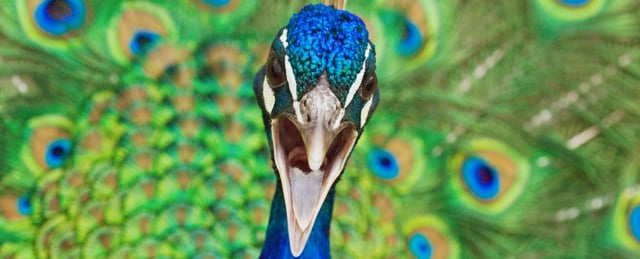Overview
- Researchers confirmed that multiple dye-staining cycles convert peacock eyespots into optical cavities capable of emitting coherent laser light.
- The study marks the first documented example of a biolaser cavity in the animal kingdom.
- Under pulsed 532 nm excitation, dye-infused barbules produce narrow, highly conserved green and yellow-green laser emissions from several eyespot regions.
- Investigators have yet to identify the precise nanostructures driving the resonant feedback, with protein granules and photonic crystal elements under consideration.
- Findings may inform the development of bio-inspired photonic coatings, anti-counterfeiting features and novel biological sensors.


